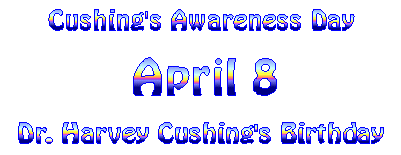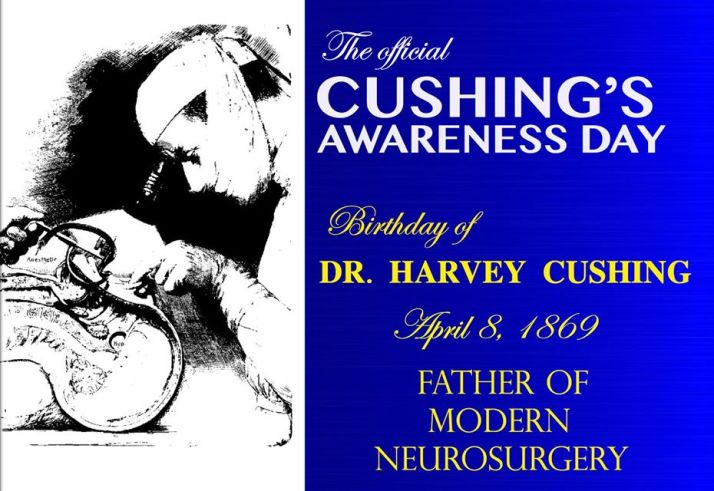Myth: After a “cure” for Cushing’s, everyone heals and goes back to normal. All Cushing’s patients can easily heal with no repercussions after Cushing’s. After pituitary surgery or a Bilateral Adrenalectomy (BLA), life is great and being “cured” means having a “normal” life! After all, surgery is a “cure” and about 6 weeks later, you are back to normal. “Say, you had surgery XYZ long ago! Shouldn’t you be better by now?!!!!”
Fact: I can not even tell you how many people asked me “aren’t you better yet?!” after both of my surgeries! There are too many to count! There is a misperception that surgery means a cure and therefore, healing should happen magically and quickly. No! No! No! This is far from the truth.
The sad reality is that even some medical doctors buy into this myth and expect quick healing in their patients. However, they are not living in their patients bodies nor have they obviously read the extensive research on this. Research has shown that the healing process after surgery is a long and extensive one. One endocrinologist, expert from Northwestern, even referred to the first year after pituitary surgery for patients as “the year from hell”! He literally quoted that on a slide presentation.
It takes at least one year after pituitary surgery, for instance, to even manage hormones effectively. Surgery is invasive and hard. However, the hardest part comes AFTER surgery. This is when the body is compensating for all of the years of hormonal dysregulation and the patient is trying to get his/her levels back to normal.
There is a higher rate of recurrence of Cushing’s then we once thought. This means that after a patient has achieved remission from this illness, it is likely to come back. In these cases, a patient faces other treatments that may include radiation, the same type of surgery, or an alternative surgery.
For many pituitary patients who experience multiple recurrences, the last resort is to attack the source by removing both adrenal glands. This procedure is known as a Bilateral Adrenalectomy or BLA. In these cases, it is said that the patient “trades one disease for another”, now becoming adrenally insufficient and having Addison’s Disease. Both Pituitary and Adrenal patients are faced with a lifetime of either Secondary or Primary Adrenal Insufficiency.
Adrenal Insufficiency is also life threatening and adrenal crises can potentially lead to death. Additionally, research says that BLA patients take, on average, 3-5 years for their bodies to readjust and get anywhere near “normal”. Most patients will tell you that they never feel “normal” again!
Think of these facts the next time you feel tempted to ask your friend, family, or loved one, “why is it taking so long to get better after surgery?”. Remember that in addition to the aforementioned points; problems from Cushing’s can linger for years after surgery! One Cushing’s patient stated, “I’m 5 years post-op and I STILL have problems!” This mirrors the sentiments of many of us in the Cushing’s community. Please be conscious of this when supporting your loved one after treatment.
You can find more information in the following links:
This is another article that validates the aforementioned fact about the “cure myth”: http://ift.tt/12J735B







